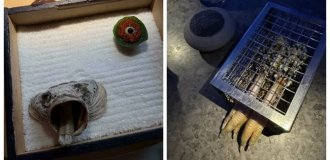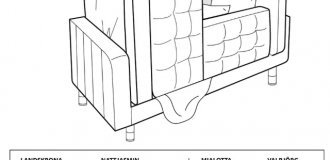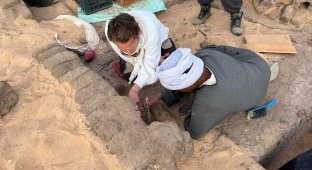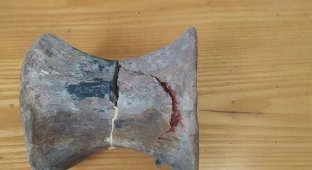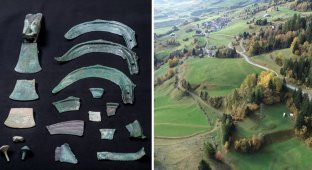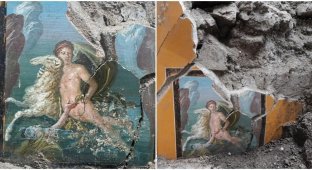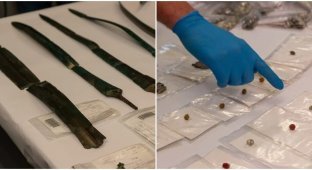In the center of Nuremberg, archaeologists discovered a “plague cemetery” (6 photos)
An eerie and unique discovery was made recently in the south of Germany in the city of Nuremberg, on the eve of construction work. Archaeologists have discovered the largest mass grave in Europe, consisting of 8 mass graves in which people who died from the plague were buried. 
Ongoing excavations have already revealed about 1,000 remains, but how many actually remains to be seen. 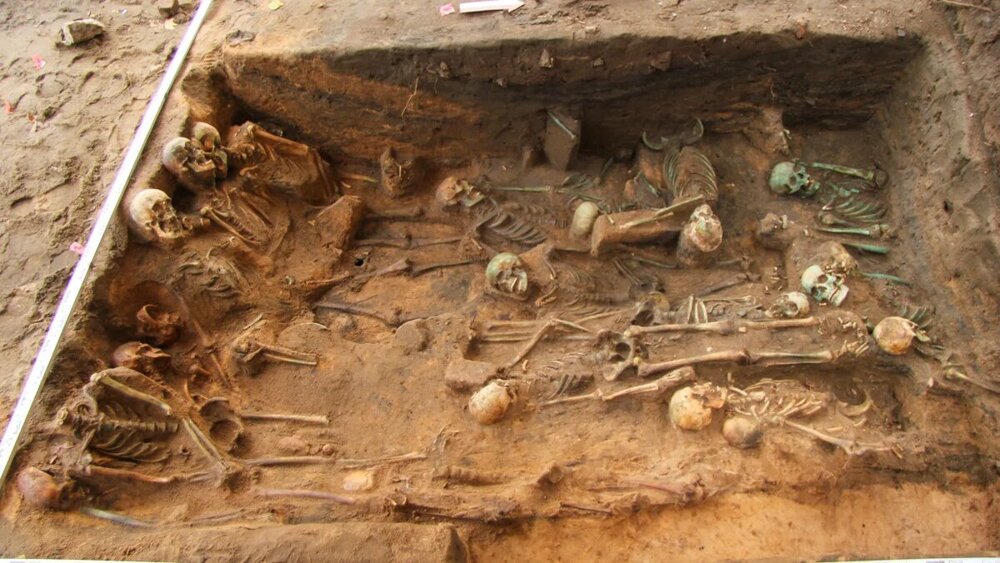
One of the mass graves made in Nuremberg during the plague in the 16th-17th century
The work took place almost in the center of Nuremberg, where road work was to take place. But before that, the territory needed to be explored by archaeologists. This is necessary due to the historical significance of the city and the law on the preservation of cultural heritage, according to which almost any road, construction and other types of work are accompanied by archaeological excavations. And most likely, these road works will not be resumed soon, because the scientists’ discovery is extremely unusual and important, which is why it instantly became a real sensation in the world media. 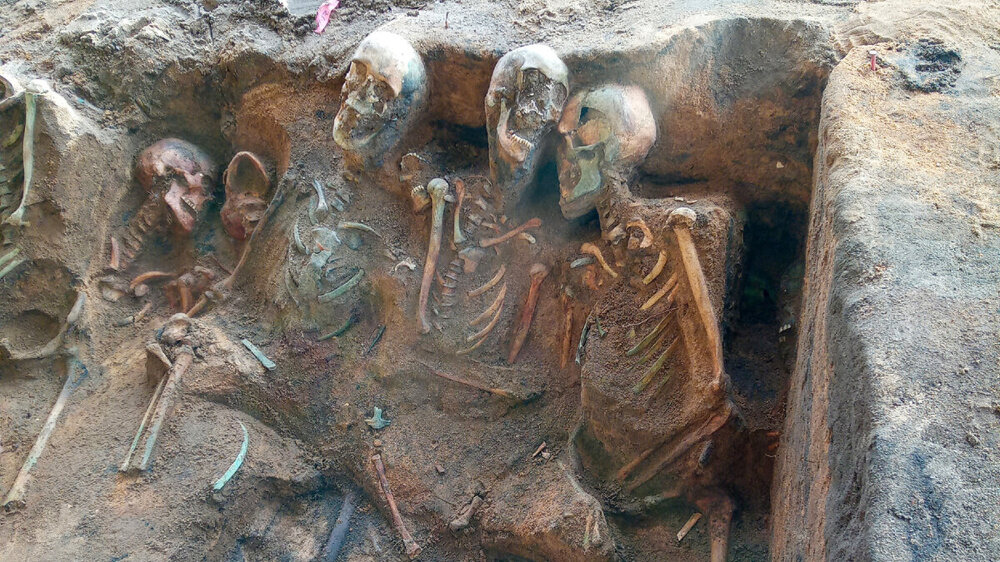
Remains of people who died from the Black Death in Nuremberg in the 17th century
Soon after the old road surface was removed, researchers discovered that in some places there were changes in the color of the mainland soil. This meant that there was probably something buried here. We didn’t have to wait long for the result; human bones appeared from the ground, which indicated burials, but at that time archaeologists had no idea about their scale. When the first grave was sufficiently excavated, it turned out that tens or even hundreds of people were buried in it. There were eight such burials in a relatively small area. In addition to the bones, silver coins and pieces of ceramics were found, with the help of which it was possible to date the mass burial. It turned out that the age of the remains coincides with outbreaks of plague that occurred between 1622 and 1634. And the coins were minted mainly in 1619. 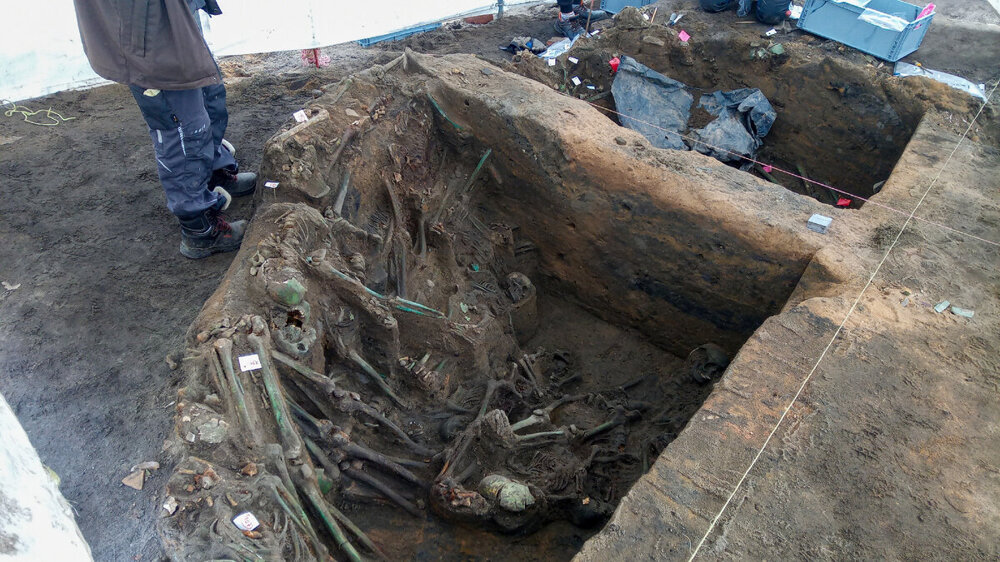
Mass grave with hundreds of people buried during the 17th century plague in Nuremberg
In fact, it is very unusual that such a large mass grave was dug right in the city, especially during the plague. Usually, plague cemeteries, like ordinary ones, were located outside the city walls, but for some reason these burials were located inside. What this is connected with is still unknown. According to historical records, between 1533 and 1634 there was a series of plague outbreaks in Nuremberg and during this time 30,000 people died from the disease, a colossal number by those standards. Most often, even in plague cemeteries, people were buried according to Christian traditions, that is, with their heads to the west and their feet to the east, so that they could see Christ who came on Judgment Day from the east. But this does not apply to these mass graves; moreover, not all the remains were in a supine position, that is, the corpses were simply thrown at random and covered with earth. Experts believe this is due to the large number of deaths between 1622 and 1634. There were so many of them that it was simply impossible to dig up individual graves and had to be buried right within the city in a common mass grave. By the way, you may notice that some of the remains are painted in a bright, sea-green or jade color. According to experts, this is due to the fact that centuries later, when everyone forgot about the burials, metal processing plants were built nearby, the waste of which got into the soil and the bones acquired this color. 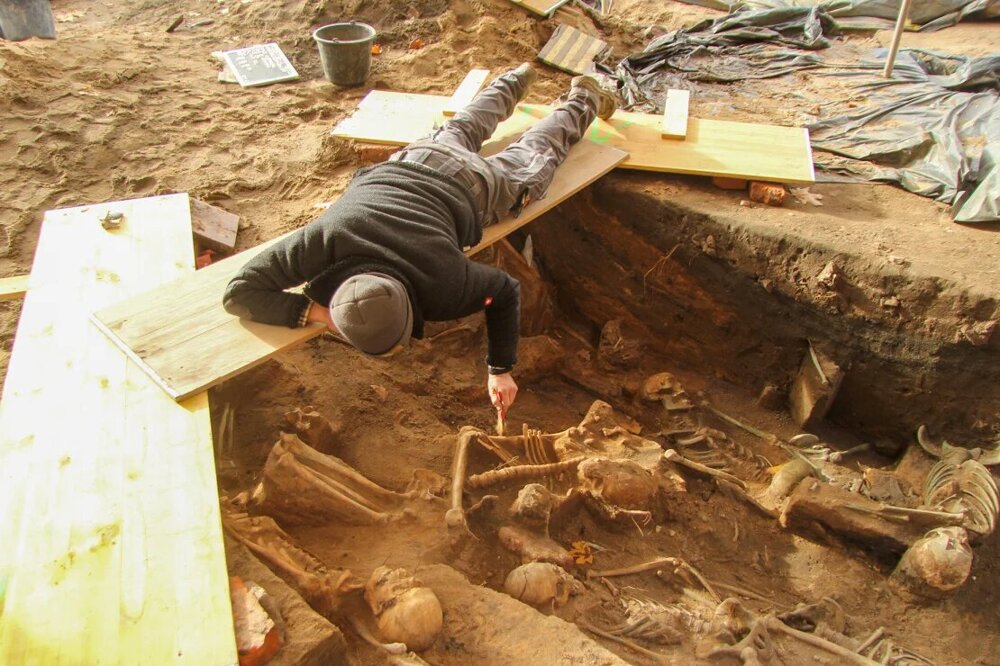
Archaeologists from the Nuremberg heritage department are examining mass graves made during the plague in the 17th century.
Excavations are still ongoing, and so far archaeologists have only managed to excavate three mass graves. In total, they contained about a thousand remains. Researchers also suggest that initially the number could have been higher. However, in 1943, a shell hit this place, damaging the remains. There are 5 more burials left to excavate. Archaeologists do not yet know how many remains there may be, but they call a rather modest figure of at least 1,500 people in total, including those already excavated. However, the figure is likely to be much higher. 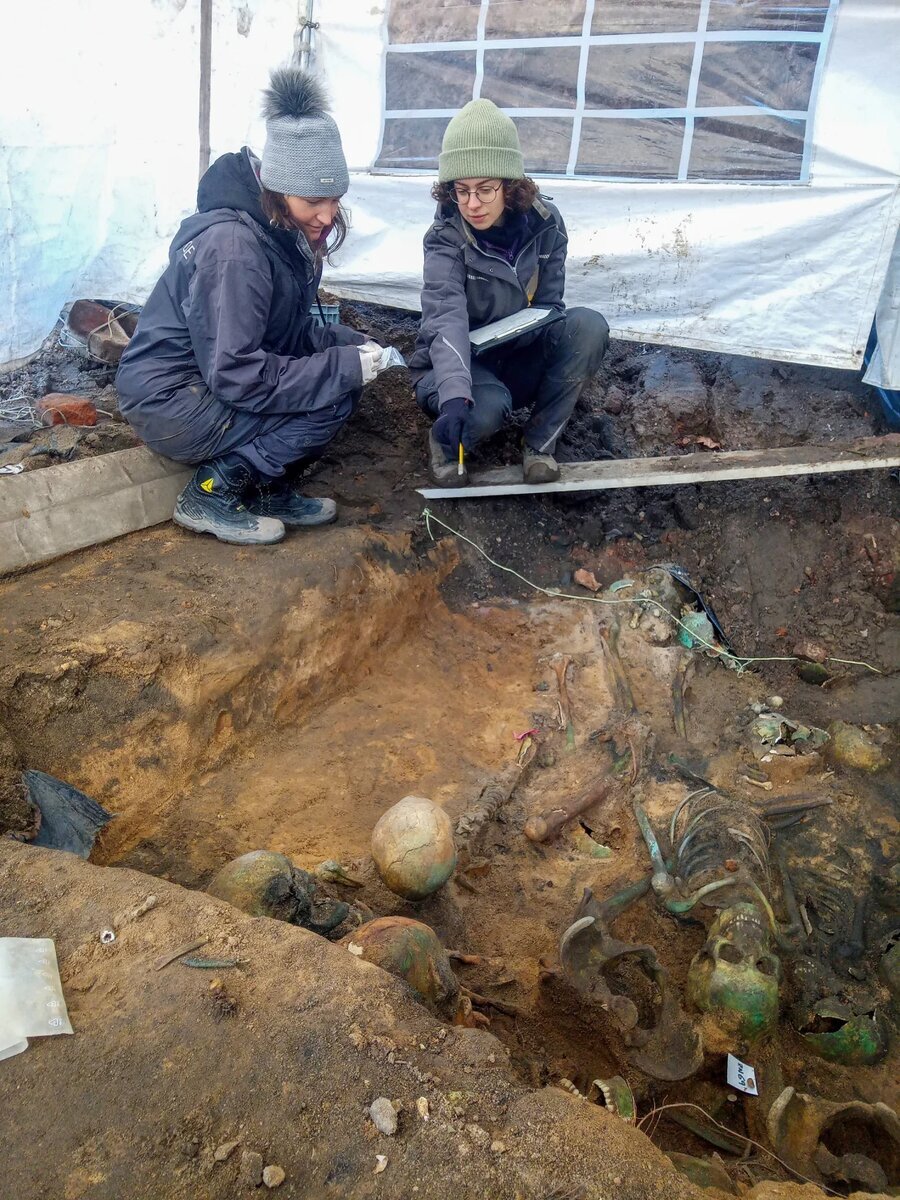
Archaeologists from the Nuremberg heritage department are examining mass graves made during the plague in the 17th century.
While excavations continue, some of the remains have already been sent to the laboratory for study. They want to find out what diseases and mutations were common at that time, and given the preservation of the skeletons, this is very good material for study, and there is a fairly large sample. According to scientists, the discovery is more than unique, because similar finds have simply never been made before. Already, the mass graves discovered in Nuremberg are considered the largest mass grave in Europe ever excavated.







